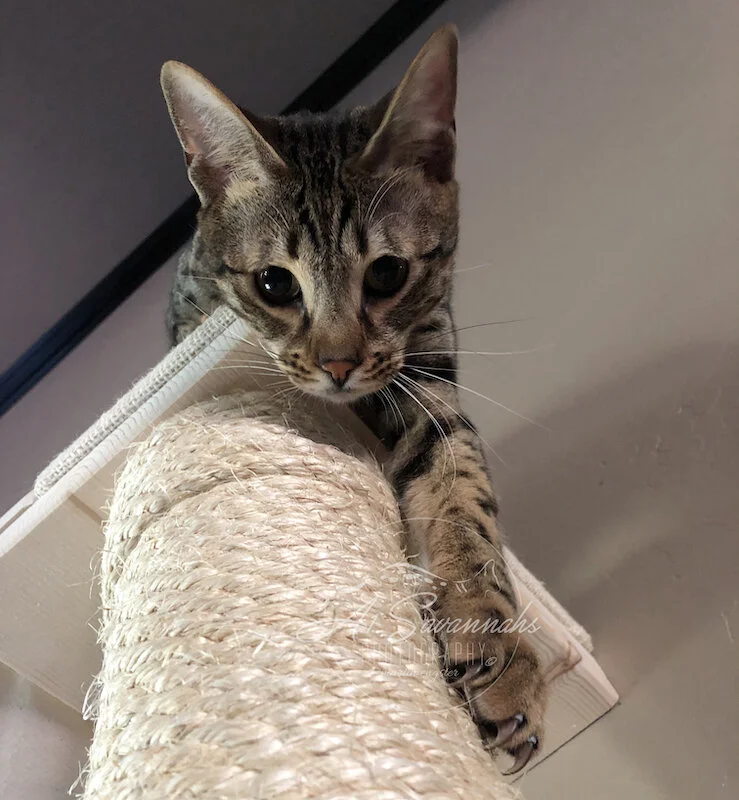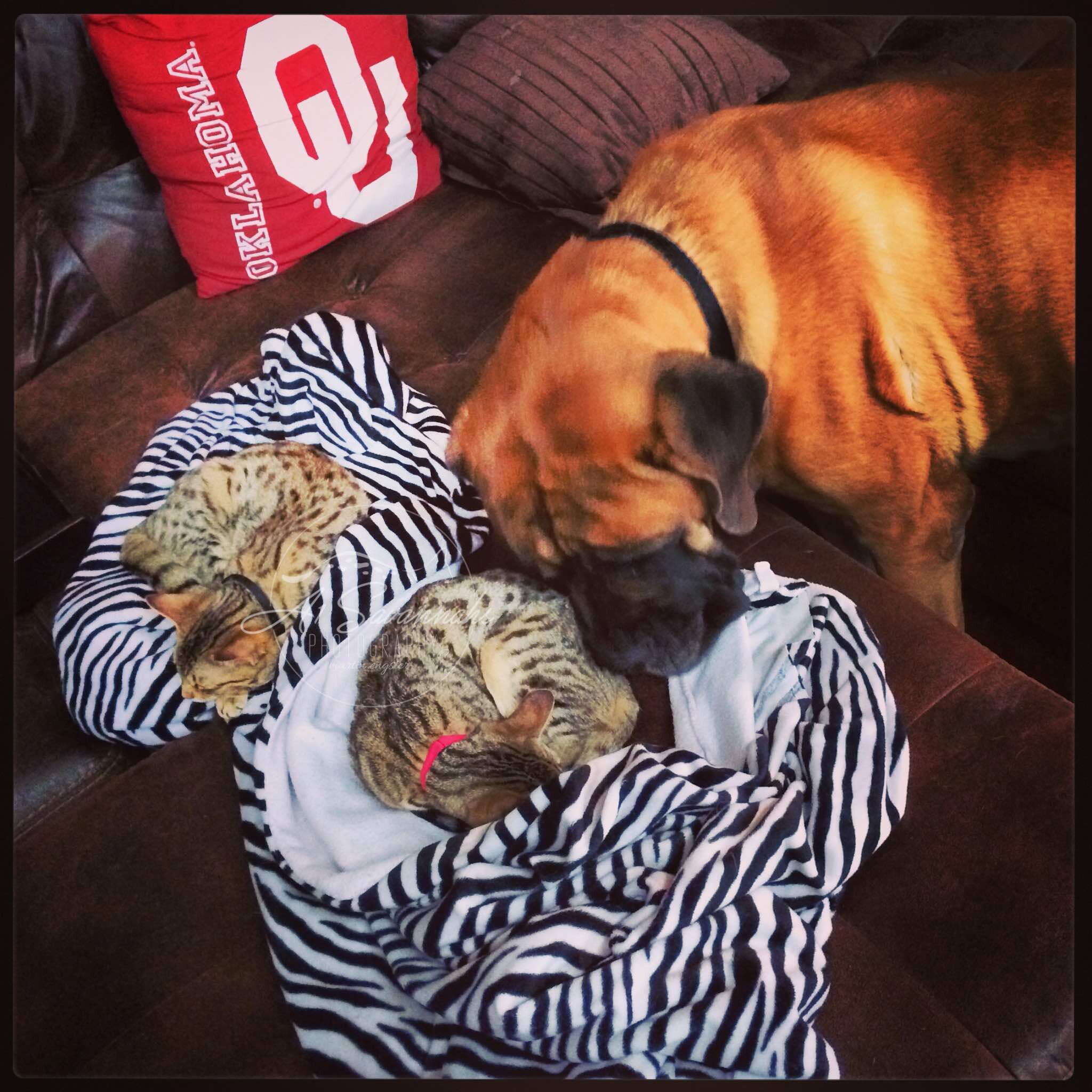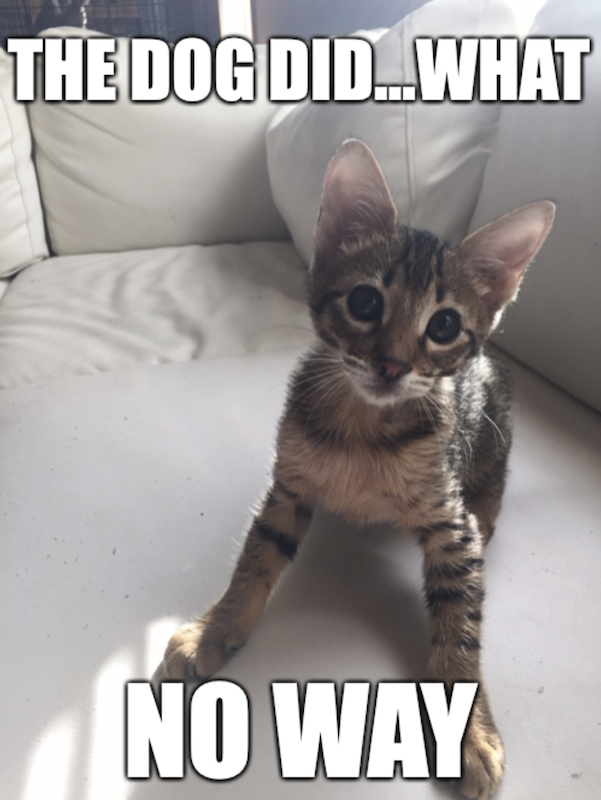Cannabidiol or CBD is now widely used by humans to help them manage body pains, anxiety, stress, and sleep issues. CBD is one of the most prominent cannabinoids in Cannabis sativa, but unlike tetrahydrocannabinol (THC), it isn’t psychoactive. This is why it’s relatively safe to use in most situations that even your pets can use it.
CBD interacts with the body’s endocannabinoid system (ECS) to maintain homeostasis (internal balance). Apparently, your pets also have an ECS, making them receptive to CBD’s benefits. As long as you give the vet-approved dosage, CBD is safe for cats.
How Can CBD Treats Help Your Cat?
The ECS interacts with cannabinoids in a way that enhances the body’s overall function. At its core, the ECS is capable of producing its own cannabinoids, but there are instances when it produces much less than the body needs. In such situations, CBD helps because it stimulates the ECS to produce what it’s lacking.
Because humans have had good experiences with CBD, manufacturers saw that pets may also benefit from it. Now, you can get various CBD products that can help your cat live a more fulfilling life.
If you’re interested in purchasing cannabis oil treats for cats, listed below are six reasons why it’s worth adding to your cat’s daily routine:
Pain Relief
Pain is felt once the vanilloid receptors in your cat’s brain are activated. CBD serves as an excellent solution because it blocks the substances that could activate these receptors.
When these receptors remain inactive, they won’t be able to send pain signals to the rest of the body. Thus, your cat will have an easier time managing their body pains.
If your cat is dealing with anything that involves pain, CBD treats can help reduce their suffering. Once the pain subsides, they’ll find it easier to relax and go about their day as usual.
Stress Relief
Cats can get stressed out as much as humans do. One of the ways that stress manifests in cats is through unusual or destructive behaviors, such as hiding, whining, obsessive licking, or refusing to eat. This is common when they’re dealing with separation anxieties and phobias.
For instance, they may feel stressed when moving into a new home. Aside from doing all the possible things that can help them adjust to their new environment, you can also give them CBD treats to help them calm down.
Digestion And Appetite Improvement
There may be instances when your cat just doesn’t feel like eating. While their pickiness may go away on its own, sometimes it may happen too often that it can lead to malnutrition. If you want to stimulate their appetite and smoothen their digestive processes, CBD can help.
Skin And Coat Improvement
In humans, CBD has been found useful in managing dry skin and acne. Meanwhile, using it on cats can also improve their skin and coat’s conditions.
Aside from feeding your cat with CBD treats, it’s also recommended to apply CBD oil directly to their coat. You can ask your veterinarian for recommended oil mixtures.
With consistent use, CBD oil can make your cat’s coat shinier, smoother, and stronger. Additionally, if your cat is dealing with allergies or similar skin issues, CBD oil can provide relief for their discomforts.
Reduction Of Seizures
Seizures result from sudden disturbances in the brain’s electrical activity. CBD can help minimize seizures by reducing the amount of electrical disturbances in your cat’s brain.
While CBD can’t eliminate the primary cause of seizures, it can at least minimize the frequency in which it occurs. Unlike medications that might have unwanted side effects, CBD is a safer alternative that can help solve other health issues as well.
Overall Wellness
As mentioned earlier, CBD works with the ECS to ensure that your cat’s systems are working at their best. In the same way that humans tend to feel better due to CBD-aided homeostasis, cats will also achieve overall wellness when their internal mechanisms are working in synergy.
That’s because CBD prevents their systems from going haywire. This leads to a significant improvement in their health inside and out, which significantly improves their quality of life.
CBD Treats Can Make Your Cat Feel Better In All Sorts Of Ways
One of the best ways to show your cat that you love them is to give them treats that can help them feel better overall. Giving them CBD cat treats is an excellent way to do just that.
CBD cat treats are especially formulated to accommodate the nutritional needs of cats. Best of all, most products are made from natural ingredients, so you won’t have to worry about dangerous side effects.
Click on the pictures to see where it takes you and the links in the article.
Until our next cat convo


















